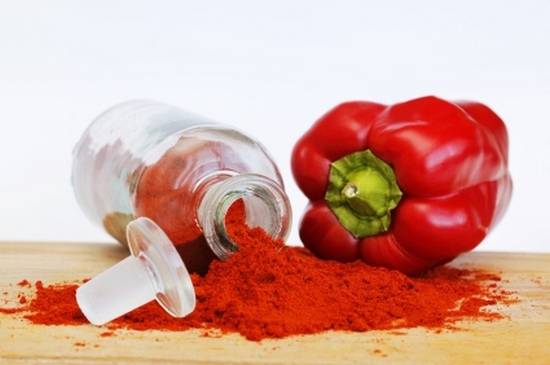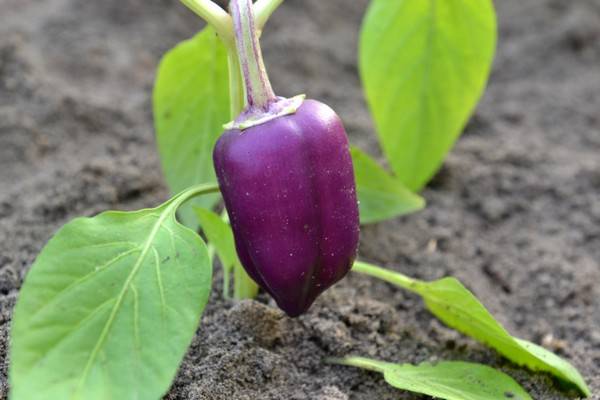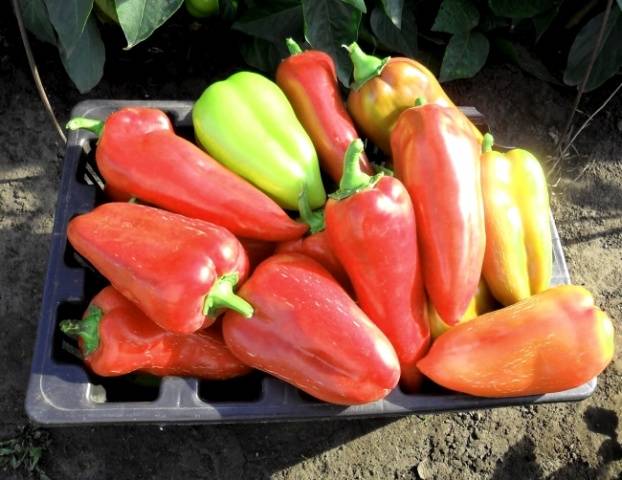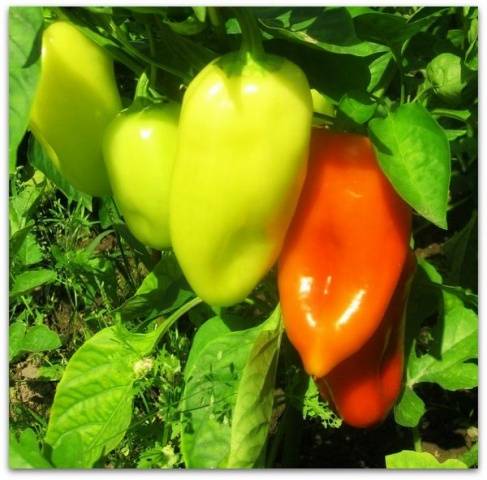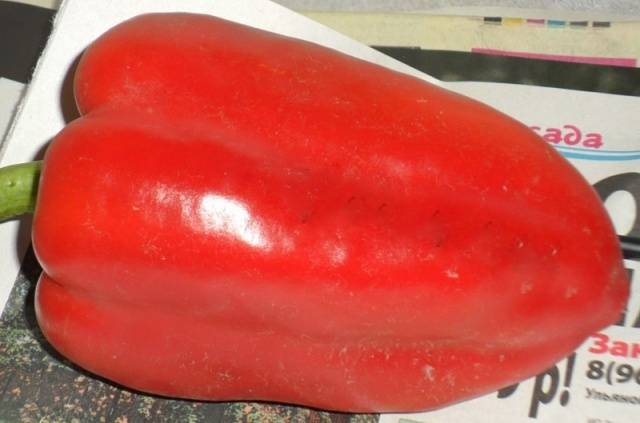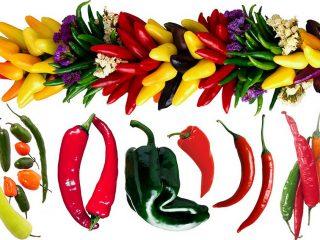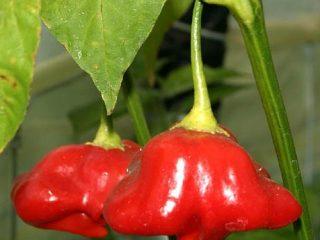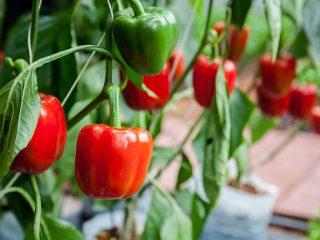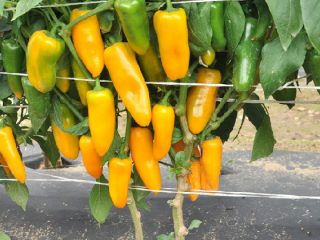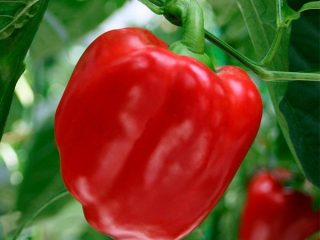Content
Paprika is a seasoning made from red pepper. We usually call regular bell pepper paprika. This plant will be discussed in the article.
Sweet paprika is a very useful product that contains many vitamins and elements that have a beneficial effect on the human body. Peppers can be eaten both ripe and green fruits. It is indicated for many diseases. It also produces many interesting dishes and delicacies. Paprika is not only tasty, but also healthy.
The plant itself was brought from distant Central America, but it has taken root well here too. True, due to the fact that the plant is heat-loving, there are some specifics in planting and care.
Landing
Paprika cannot be planted in the ground right away, the only exceptions being the Southern regions. In all other cases, you first need to grow seedlings. You can purchase seeds or collect them yourself, the main thing to remember is that you cannot use them if they have been lying around for more than 4 years. It is better to plant them at the end of February or beginning of March, so that they have enough time. Soak in settled water with a piece of aloe, or in a weak solution of potassium permanganate. This is needed to kill germs. Then take cups and seeds, plant one grain in each of them. Water and cover with film, and then, when the first sprouts appear, periodically water with water at room temperature.It is very harmful to flood the plant; you also need to make sure that the soil is not dry. You should monitor the room temperature and lighting. Paprika needs enough light and warmth to grow. It is also good to “accustom” the plant to living in a living environment; for this you need to sometimes take it outside, but most importantly, not during frost. When the plant has reached 20 cm, it can be planted. You need to carefully pull out the seedlings along with the roots.
Care
As for care, like all plants it needs to be watered. The bush grows first, and the fruits appear later; if you overwater the pepper, the plant will grow too tall and may break. But from the second half of summer, you can water the plant without fear. During this period, the fruits begin to grow.
If you see that a crust has appeared around the plant, in this case you definitely need to work with a hoe. A plant can signal that it does not have enough moisture by the fact that its leaves begin to fall off. And during the period when the pepper begins to bloom and fruits appear, you need to fertilize the plant well. Also spray the plant with wood ash 3 times to protect it from pests.
Types of bell pepper
In addition to the fact that paprika, like all other plants, can be classified according to ripening time (early, middle and late), it is also divided by color:
- Green pepper It may be a little bitter, but it is very healthy; this fruit reduces cholesterol levels in the blood. And it has the least calories.
- Red pepper - the sweetest and has the most vitamin C.
- Orange pepper. It is also very tasty, but has slightly less vitamin C than red.
- Yellow pepper - it has the highest potassium content.
- Dark purple and almost black are also very useful.
There are a lot of varieties of paprika, I would like to name some of the most common.
Big Daddy
Small bush. In its biological ripeness, it becomes brownish-red, and its average weight reaches about 100 g. The pepper has a cylindrical shape and very thick walls. It is an early ripening species and is not susceptible to diseases.
Gift from Moldova
Medium ripe pepper variety. Can grow in any climate and different soil. The bush itself reaches a height of just over half a meter. The fruits are rich red in color, not very large, on average 85 g, and the walls are about 6 mm. Quite a productive type of paprika.
Lumina
Very tasty and juicy fruits, bears fruit well. And it belongs to the type of medium ripeness. The fruits are deep red in color, reach 110 g. They retain their excellent appearance for a long time and do not lose their properties, making them easy to transport and store. The advantages include the plant's productivity and resistance to most diseases that peppers suffer from.
Korenovsky
It belongs to the late-ripening type of paprika, which is distinguished by its aroma, taste, and large fruits.
Bell
It has a delicate sweet-sour taste. It is a late-ripening species and has an interesting shape. On average, the weight of the fetus ranges from 50-100 grams.
